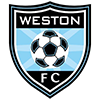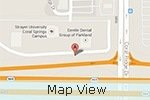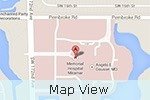Emery-Dreifuss muscular dystrophy
Emery-Dreifuss muscular dystrophy (EDMD) is an inherited disorder, characterized by slow progressive muscle wasting and weakness, which usually begins in childhood or adolescence. The condition affects the muscles of the face, neck, arms, spine, heart and legs, beginning from the upper arms and lower legs and progressing to the shoulders and hips.
EDMD is considered less severe than the other forms of muscular dystrophy. The features that make it different from other muscular dystrophies are the early development of muscle tightness (contractures) and its effect on the muscles that control heart rate and rhythm which can lead to bradycardia (slow heartbeat), fainting, stroke and even sudden death. Contractures restrict the movement of certain joints and most often involve the elbows, ankles and neck.
The condition can be diagnosed with blood tests, electromyography (EMG), genetic analysis and muscle biopsy. There is no cure for EDMD and supportive care is essential for prolonging life expectancy. The primary concern is to prevent sudden cardiac death, by placing a pacemaker to stabilize the heart rhythm. Muscle strength can be improved with a healthy diet, maintaining good general health and regular gentle exercises. Your doctor may recommend passive bracing, which will allow you to remain independent for as long as possible. To correct or prevent contractures and to increase range of motion, surgery (e.g., tendon release) may be necessary.
-
Personalized Physical Therapy Puts Bryant Back on the Court
Bryant could hear the whistles blowing as he walked by the gymnasium.
View more -
No off-season for sports injuries
As a new season of school sports and youth leagues gets underway,
View more -
Student Athletes Benefit from Individualized Treatment at U18 Sports Medicine
Becoming involved in a sport is one of the healthiest things that a child can do.
View more -
For young athletes, injuries need special care
More programs are using procedures and surgical techniques tailored for kids.
View more -
Dr Frank u18 Tip 1
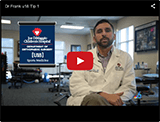 View more
View more -
Segment U18 Tip with Dr Frank 1
 View more
View more -
Dr. Frank’s 2010 WQAM high school football game halftime interviews
View more

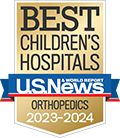


 Menu
Menu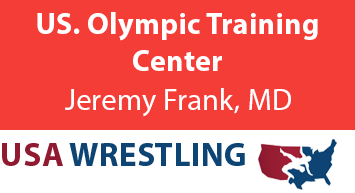






 In The News
In The News Hollywood Office
Hollywood Office

![[U18] Sports Medicine](https://www.kidbones.net/wp-content/themes/ypo-theme/images/u18-sports-medicine-performing-arts-logo.png)
